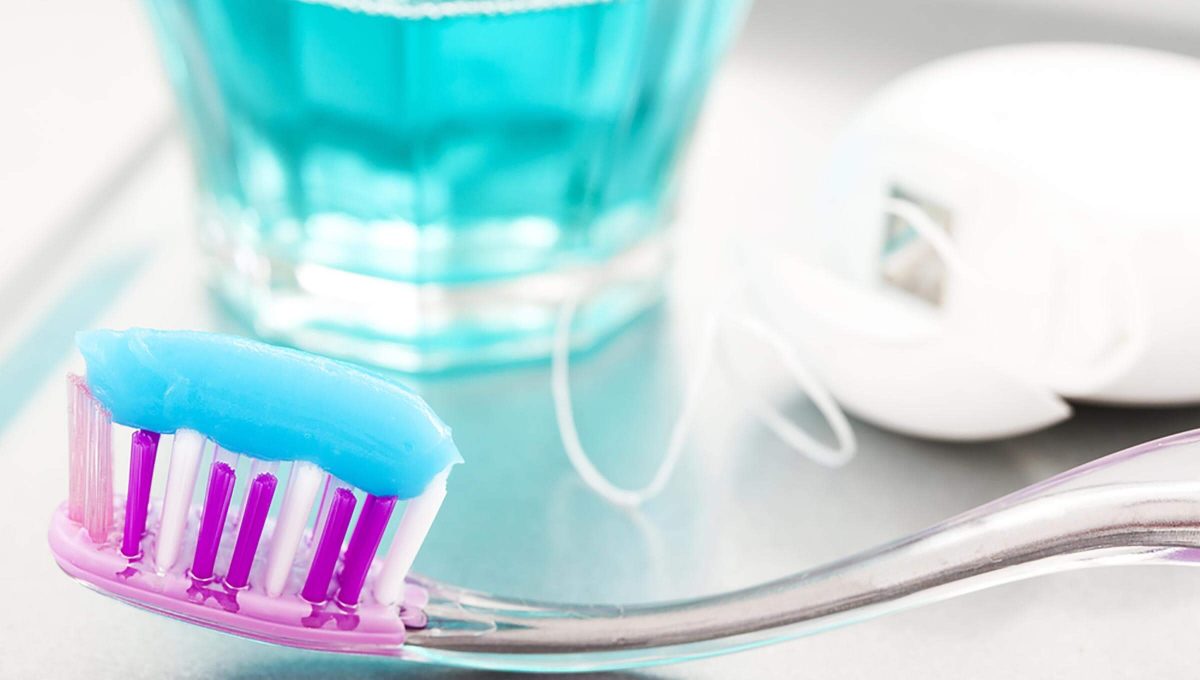All you need to know about toothpaste

Nutrition and oral health
August 9, 2018
Why is an important dental floss?
August 21, 2018Most toothpastes combine caries protection with other plaque and gum disease. Regardless of whether we are guided by price or quality, and it is not necessary to dictate one else, the most important thing is that the toothpaste for which we choose is clinically tested.
You can find different types of toothpastes on the market.
Smokers toothpaste
People who smoke often suffer stained teeth because of tar deposits. Some smokers toothpastes use stronger abrasives to remove these stains. Vigorous brushing with more abrasive pastes may damage the enamel over time.
Special toothpaste to combat hypersensitivity
One of the consequences of ageing is that gum margins may recede, exposing the root surface of certain teeth, which in some instances result in hypersensitivity and pain – for example, when eating an ice cream or drinking cold drinks. Toothpaste specifically formulated for sensitive teeth can be effective in relieving the pain; these products vary in the way they work.
Whitening toothpaste
These pastes are being promoted primarily on the basis of cosmetic benefit.
Whitening toothpastes are not to be confused with hydrogen (or carbamide) peroxide whitening systems that may be accessed only through a dental practitioner. EU directives arising prohibit the direct sale to consumers of tooth whitening or oral hygiene products containing or releasing more than 0.1% hydrogen peroxide.
Natural toothpaste
A wide range of “natural” toothpaste products is also available. These toothpastes are made from herbal extracts and other natural ingredients, such as essential oil of ginger, seaweed extract, propolis and much else. The health claims of many “natural” toothpastes have not been clinically proven. Thus, it is important to check if these “natural” toothpastes contain fluoride, a proven active ingredient for the prevention of tooth decay.




